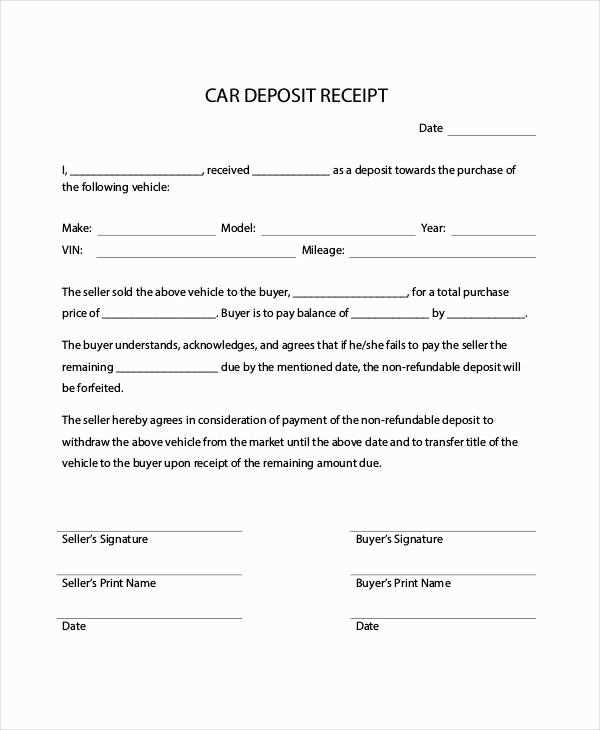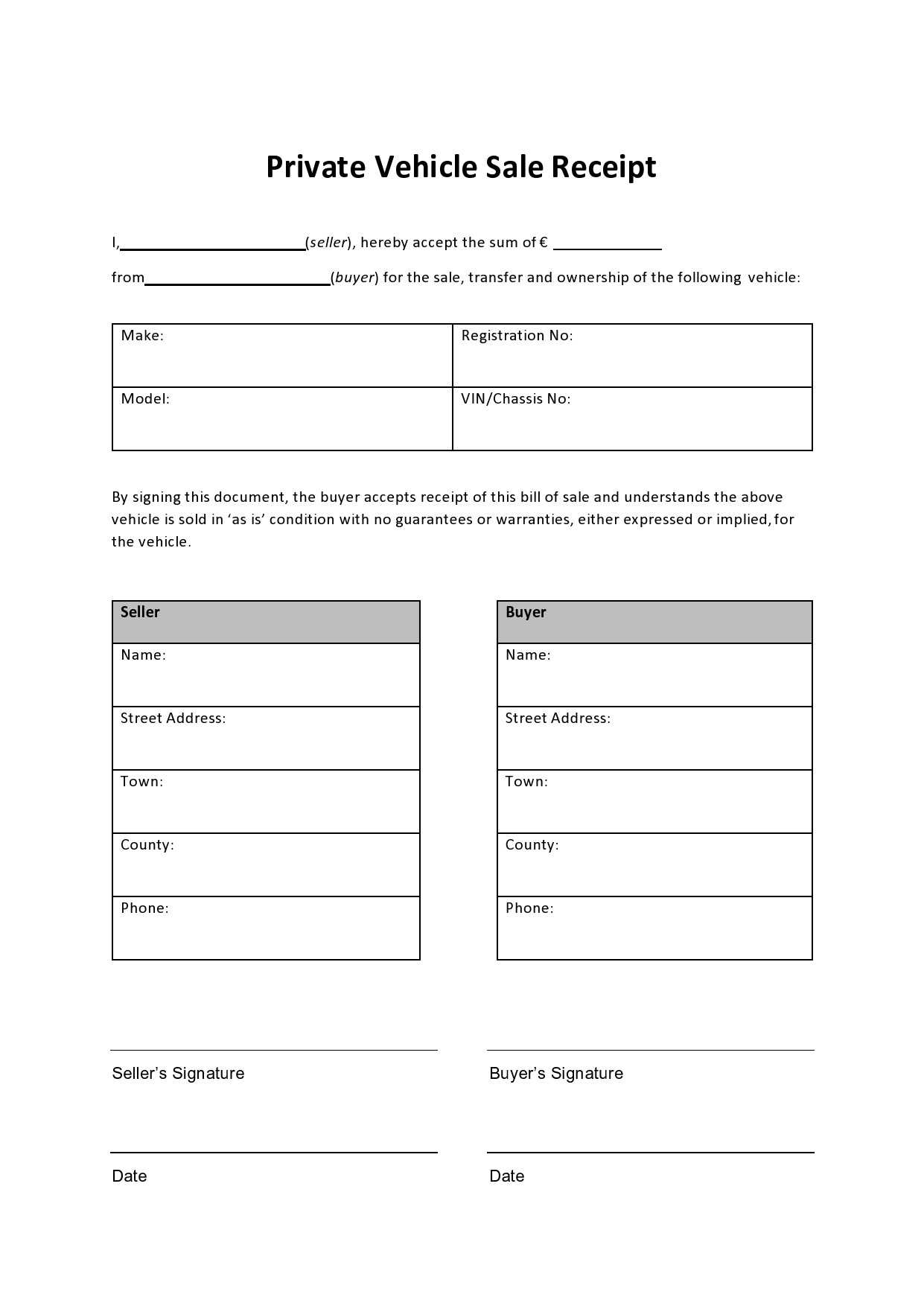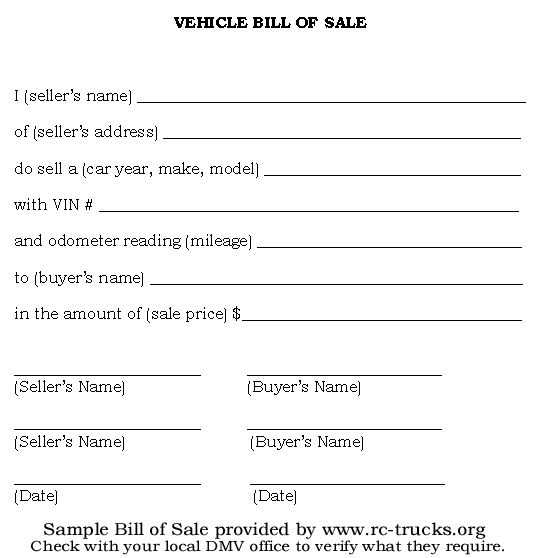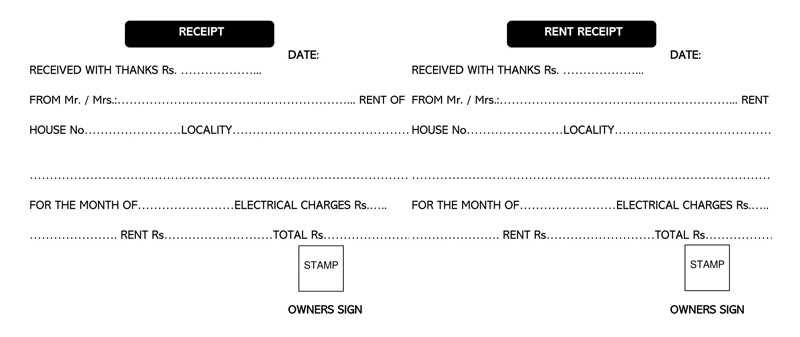
To provide a proper receipt for private accommodation, ensure it includes key details such as the guest’s name, address of the property, dates of stay, and the total amount paid. This simple yet effective structure guarantees both parties have a clear record of the transaction.
Include Specific Information: Always list the accommodation provider’s full name, contact details, and any business registration information. This builds trust and ensures the receipt holds up legally. Be sure to mention any taxes or extra charges clearly in the receipt.
Clear and Concise Payment Breakdown: List the accommodation charges separately from any additional fees, such as cleaning or security deposits. This makes the receipt transparent and easy to understand for both the guest and the provider.
Don’t Forget to Sign: A signature, whether physical or digital, adds legitimacy to the document. This small detail ensures the receipt serves as a valid confirmation of the transaction.
Private Accommodation Receipt Template: A Practical Guide
To create a proper private accommodation receipt, ensure that it includes all necessary details for both the host and guest. Begin by specifying the full name of both parties involved, and the address of the accommodation provided. Clearly state the dates of the stay and the total duration, highlighting check-in and check-out times.
Incorporate a breakdown of the payment: the total amount, any deposits, and if applicable, the balance paid. Make sure to mention the payment method–whether it was by bank transfer, cash, or another method. A section for the host’s contact information and business registration details (if relevant) adds transparency and helps clarify the transaction.
To maintain clear communication, include a brief statement that outlines the conditions of the accommodation, such as any agreed-upon services, amenities, or additional charges that may apply. This helps avoid confusion and provides a clear record for both parties.
Lastly, provide a space for both the host and guest to sign and date the document. This signature section ensures both parties acknowledge the terms outlined in the receipt. By following these steps, you can create a receipt that is both professional and complete, ensuring the transaction is documented properly.
How to Create a Detailed Accommodation Receipt
Begin by including the names of both the guest and the host. These details establish the connection between the parties involved. List the full name of the guest and the host, as well as their contact information such as email and phone number, if applicable.
Include the Stay Details
Clearly state the accommodation’s address, including the city, state, and postal code. Include the dates of check-in and check-out. It’s also helpful to note the time of arrival and departure, especially if the accommodation has specific check-in or check-out policies.
Break Down the Costs

Provide a detailed cost breakdown. Start with the base rate for the accommodation and then include any additional charges, such as cleaning fees, security deposits, or extra services (e.g., parking or internet). If applicable, include a discount or promotional offer. Specify the total amount paid and the payment method used.
Finally, include a statement about the receipt’s validity for tax or accounting purposes, depending on local requirements. Make sure the document is clear, accurate, and easy to read.
Key Information to Include in Your Receipt
Include the full name and address of both the guest and the host. This ensures clear identification of the parties involved. Always specify the rental period, including the exact start and end dates of the stay, along with the check-in and check-out times.
Clearly state the amount paid, with a breakdown of the costs, such as rent, cleaning fees, or any additional charges. If a deposit was required, list it separately along with any deductions, if applicable. Provide a unique receipt number for easy reference and future tracking.
Don’t forget to mention the method of payment, whether it was cash, credit card, or another form of payment. Include any applicable tax rates or VAT numbers to comply with legal requirements. If the accommodation is part of a business, include the business name and registration number.
Ensure that your receipt includes a clear statement that the payment has been received and the transaction is complete. This provides peace of mind to both parties, confirming that all financial matters are settled.
Formatting Tips for a Professional Look
Keep the layout clean and organized. Use clear headings and subheadings to guide the reader through the document. This helps create a visually appealing and easy-to-read receipt.
Use Simple Fonts
Choose fonts that are clear and easy to read, such as Arial, Helvetica, or Times New Roman. Avoid decorative fonts, as they can make the receipt look unprofessional.
Set Consistent Margins and Spacing
Ensure consistent margins on all sides of the receipt. Standard margins of 1 inch work well for most documents. Use adequate spacing between sections to make the information stand out without overwhelming the reader.
Align Text Properly
- Left-align the body text for better readability.
- Use right alignment for dates, amounts, and totals to give a neat appearance.
Highlight Important Information
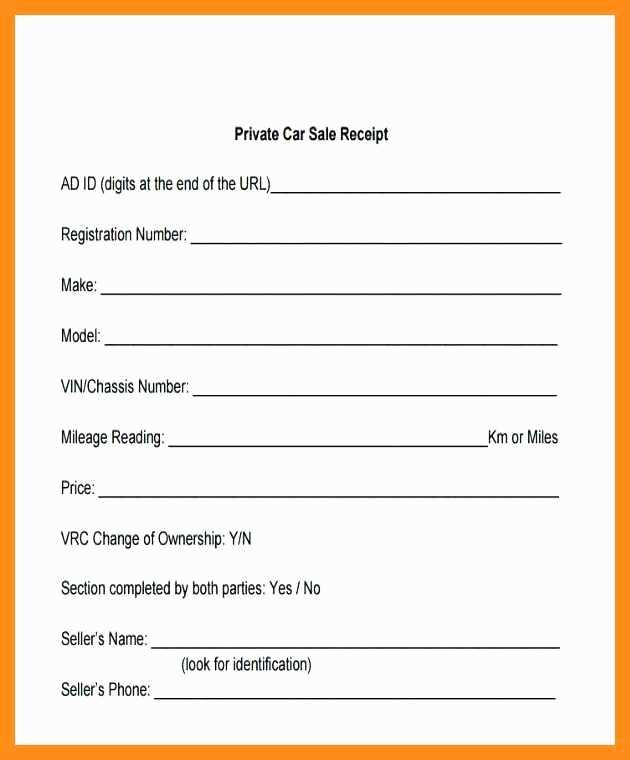
- Make sure the total amount is bold and larger than the rest of the text.
- Use italics or a different font weight for section headers to make them stand out.
Incorporate a Clean Logo
If applicable, include your logo at the top of the receipt. Ensure it is appropriately sized, not too large to dominate the page, but enough to reinforce your brand identity.
